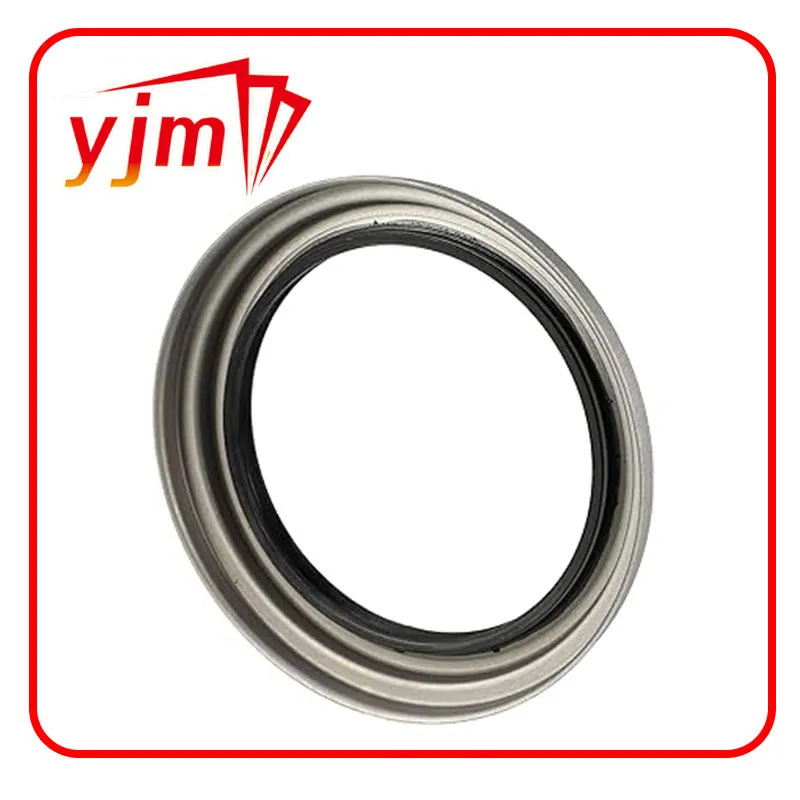Understanding the Importance of Transmission Fluid Pan Gaskets in Vehicle Maintenance
Understanding the Importance of the Transmission Fluid Pan Gasket
The transmission fluid pan gasket is a crucial component of an automobile's transmission system. It serves as a sealing agent, preventing transmission fluid from leaking out of the transmission pan. This oft-overlooked part plays a significant role in maintaining the efficiency and longevity of your vehicle's transmission. In this article, we will discuss the function, signs of wear, replacement procedures, and tips for maintaining the transmission fluid pan gasket.
Function of the Transmission Fluid Pan Gasket
The transmission fluid pan is where the transmission fluid is collected and stored. The transmission fluid plays an essential role in lubricating the moving parts of the transmission, aiding in heat dissipation, and ensuring smooth shifting. The gasket creates a tight seal between the fluid pan and the transmission housing, preventing leakage and potential damage. A good-quality gasket can withstand high temperatures and pressure generated during the operation of the transmission, which is why it is vital to ensure its integrity.
Signs of a Worn or Damaged Gasket
Over time, the transmission fluid pan gasket can wear out due to heat, pressure, and environmental factors. Here are some signs that indicate a potential problem with the gasket
1. Fluid Leaks One of the most evident signs of a faulty gasket is the presence of transmission fluid leaks. If you notice red or brown fluid pooling under your vehicle, it could be an indication that the gasket has failed.
2. Transmission Overheating Insufficient fluid can lead to overheating of the transmission. If your transmission overheats, it may indicate that the fluid level is low due to a leak caused by a damaged gasket.
3. Strange Noises A failing gasket may lead to improper lubrication of the transmission components, resulting in grinding or whining noises.
4. Warning Lights Some vehicles are equipped with warning indicators that illuminate when there’s a problem with the transmission fluid levels. If this light appears on your dashboard, it may suggest an issue related to the gasket.
Replacing the Transmission Fluid Pan Gasket
If you suspect that your transmission fluid pan gasket is damaged, it is critical to replace it promptly to avoid further damage to your vehicle
. Here’s a general guide on how to replace the gaskettransmission fluid pan gasket

1. Gather Necessary Tools You will need basic mechanic tools, including a socket set, screwdrivers, a gasket scraper, and a torque wrench. Having new transmission fluid and a new gasket on hand is also essential.
2. Raise the Vehicle Safely lift the car using jack stands to access the transmission pan.
3. Remove the Transmission Pan Unscrew the bolts securing the transmission pan, and carefully lower it. Be prepared for some fluid spill; have a drain pan ready to collect the old transmission fluid.
4. Clean the Surface After removing the old gasket, clean the sealing surface thoroughly. Ensure that no debris or old gasket material remains, as this can prevent a proper seal.
5. Install the New Gasket Position the new gasket correctly on the pan or the transmission housing, depending on the manufacturer’s recommendations.
6. Reattach the Pan Carefully align and reattach the transmission pan, ensuring the gasket stays in place. Secure the bolts, following the recommended torque specifications.
7. Refill the Transmission Fluid Add new transmission fluid to the system according to the manufacturer’s specifications.
8. Test Drive Finally, take your vehicle for a short test drive to check for any leaks and ensure smooth operation.
Maintenance Tips
To prolong the life of your transmission fluid pan gasket, consider these maintenance tips
- Regularly check your transmission fluid levels and condition. - Perform routine transmissions fluid changes as recommended. - Keep an eye out for any unusual sounds or performance issues.
In conclusion, the transmission fluid pan gasket is a small but critical part of your vehicle's transmission system. Being vigilant about its condition, replacing it when necessary, and maintaining overall fluid health can help you avoid costly repairs and keep your vehicle running smoothly. Always consult your vehicle’s service manual for specific guidelines related to your model to ensure optimal performance.
-
Understanding Automotive Oil Seals: Essential Components for Engine and Shaft Protection
News Jul.30,2025
-
The Importance of Heavy Duty Seals in Industrial and Residential Applications
News Jul.30,2025
-
Exploring Industrial Oil Seals: From Felt Oil Seals to TTO and CFW Solutions
News Jul.30,2025
-
Essential Guide to Oil Seals: From Radial to Metal-Cased Seals for Industrial Reliability
News Jul.30,2025
-
Choosing the Right Oil Seals and Gaskets for Industrial and Automotive Applications
News Jul.30,2025
-
Cassette Seals: Durable Sealing Solutions for Harsh Environments
News Jul.30,2025
-
Understanding the Front Main Engine Seal: Purpose, Maintenance, and Installation
News Jul.29,2025
Products categories















